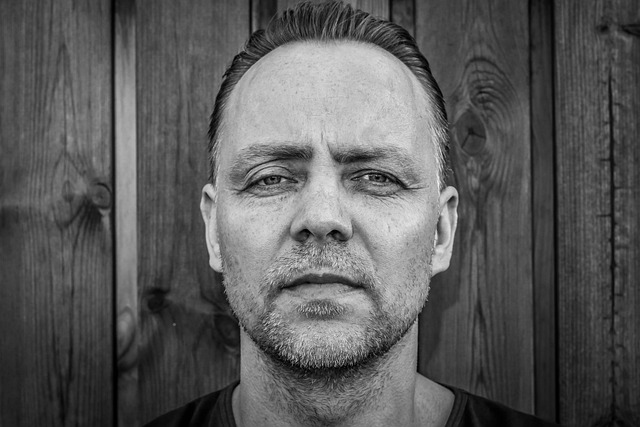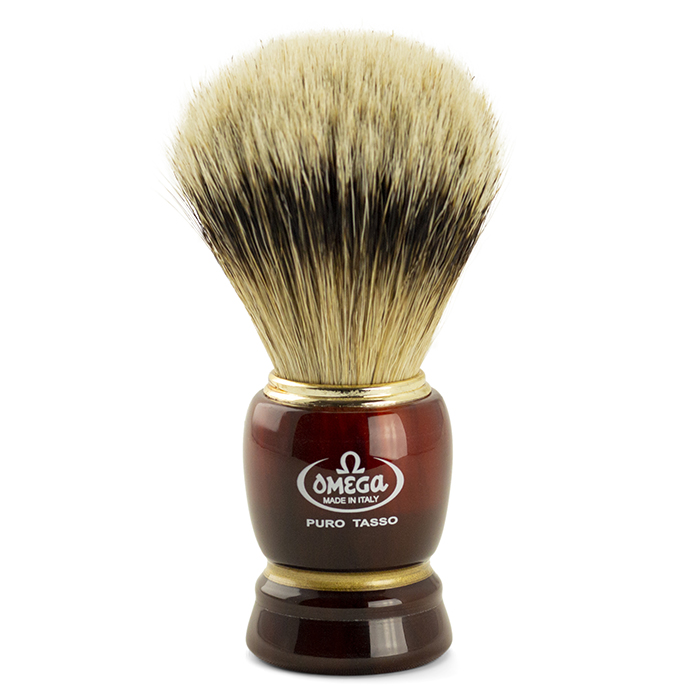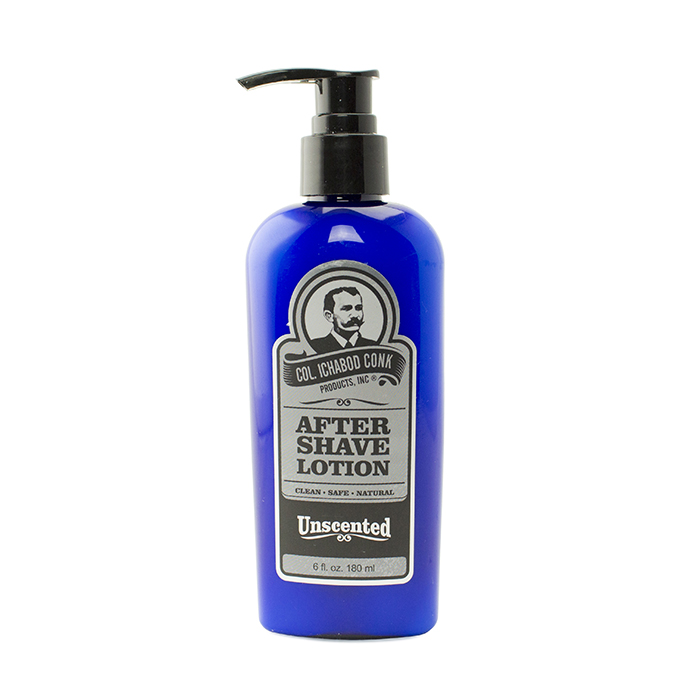Good hair is the secret to a great appearance. Unfortunately, some environmental factors may be out of your control. Low humidity can create a questionable environment for your hair and beard, resulting in an unkempt appearance and troublesome quality. Fortunately, you can improve care and maintenance routines to mitigate such conditions.
Your Hair vs. Dry Air
Dry air is typically a problem in wintertime, but some areas constantly deal with a low-humidity environment. These conditions can cause hair itchiness, dandruff, flakes and more.
1. Itchiness
Dry air can make skin more itchy. Even if the head and beard area are covered with locks of hair, they are still prone to smaller irritations. If you have sensitive skin, it may even feel like the skin stings.
An itchy scalp is associated with hair loss in many different ways. Scratching it can scar the skin and follicles, reducing hair health. It also works both ways, as less coverage means more exposure to dry air and even more itchiness.
2. Dandruff
Dry air can also cause dandruff on the head and beard area. A lack of moisture can make the skin even more flaky. Scratching exposes those white speckles, but if the skin gets bad, it can shed them even without contact.
The flakes may also be attributed to seborrheic dermatitis. Its main difference with dandruff is that it triggers redness on light skin and light patches on dark skin. Contact a dermatologist if there’s swelling or discoloration on the scalp and beard.
3. Weakness
Strong hair is advantageous because it is of good quality and easy to style. However, dry air can make it much weaker than usual. If you already have frail strands, the dry air can make your head and beard even more of a nightmare.
Dry hair is more prone to split ends and frizz, which is visible close-up. If you’re cozying up with a partner, having these flaws show up close can make you quite self-conscious.
4. Dullness
All extreme weather conditions impact your locks. Low humidity can cause dullness, and the lack of moisture can also cause it to lose its natural sheen. This is a problem for those with longer hair and beards since the matte effect is more obvious.
Straight hair may manage with a lack of vitality. Unfortunately, dullness is more evident with naturally wavy and curly hair, as they get a flatter volume and lackluster appearance.
How to Take Care of Your Hair

Dry air may be inevitable, but there are preventive measures and home remedies for protecting hair after exposure to such a harsh environment.
1. Avoid the Outdoors
Low humidity is much more apparent when you head outdoors. To protect your hair, stay at home instead. Consider working from home or inviting people to your household if possible.
If you do need to go outside, make sure to cover up your hair to minimize exposure. A hat can cushion your head. For the beard, you can opt to wear a face mask. Wrapping a handkerchief around also works.
2. Optimize Your Home
Even if you are indoors, dry air from outside may seep inside. Make sure to close all the windows. Insulation material is also a good way to keep the outdoor conditions out of your household and vice versa.
You can also install a humidifier to distribute moisture throughout the home and combat lingering dryness. Find the right temperature settings for you. It can also reduce the spread of bacteria, further protecting the hair and skin from getting the itch.
3. Sleep and Eat Well
Dry air is an external condition that is hard to get rid of. However, you can fortify your internal health to prevent cumbersome hair conditions. For example, food with vitamins A and C and omega-3 fatty acids can renew your skin cells and restore moisture. Sneak in seafood and chia seeds in your diet.
Drinking water can also maintain hydration. Set an alarm to get a glass throughout the day to ensure you get enough fluids. A shower can also give your scalp a break from dryness.
Try to get a good night’s sleep to keep your immune system intact too. You can also invest in a silk pillowcase since its natural material lets the skin and hair breathe in the long run. It can also regulate temperature better than other materials like satin or cotton.
4. Change Up Your Style
Dry air makes hair maintenance quite challenging, especially when you have a longer style. During low-humid seasons, consider changing up your style. You can experiment with a shorter cut or shave while simplifying the upkeep.
For the hair, chop off an inch or two to make it easier to manage. If you want to take things to the next level, a short textured crop or crew cut will be easier to manage.
With a beard, opt for a short stubble instead. This style lets you peek at your skin to check for rashes. This style grows half an inch monthly, so shave to maintain the same length if you wish.
5. Apply Essential Oils
Essential oils are usually associated with adding extra scents, but they can also improve health. For example, lavender and peppermint can prevent hair loss and stop breakage. Stronger hair can withstand the colder weather.
To apply this, formulate your own hair perfume by adding lavender and peppermint oil to a spray bottle. You can use argan or coconut oil as the base to add an extra spritz of moisture to the locks. Dilute with water if you have more sensitive skin.
6. Shift Products
Look into more moisturizing products for the hair and skin amid dry air. This can compensate for the weather and prevent flakiness from occurring. Cream-based products should do the trick, but you can also opt for gel.
If you’re taking a shaver to your hair or beard, take extra care of your skin. A moisturizing shaving cream or oil is extremely important to prep for cutting.
Afterward, you can pamper your skin with extra product. Home remedies can also be quite helpful. Honey can heal brittle hair by stimulating cell regeneration. Combine it with milk to soften existing strands. Apply this liquid mask liberally.
Save Your Hair Health
Dry air can affect your hair’s health and style, as well as the skin underneath. Take matters into their own hands and care for the head and beard area. The right changes can help you look fresh and well-groomed.





